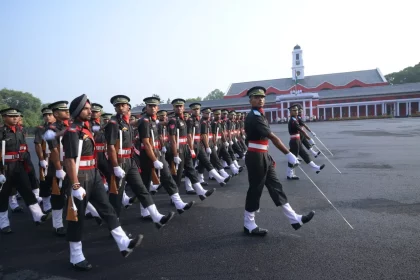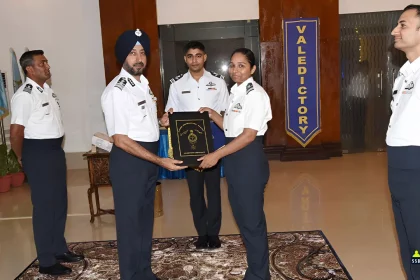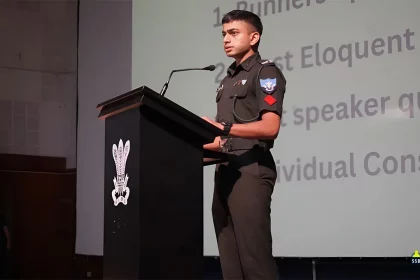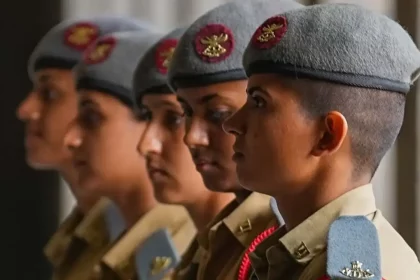Lance Havildar Palash Ghosh and Lance Naik Sujay Ghosh Attained Veergati in Kokernag, Anantnag
Supreme Sacrifice in Treacherous Snow: Chinar Corps Pays Tribute to Fallen Heroes in Kokernag.
CDS 1 2025 Merit List – 365 Candidates Recommended
UPSC announces final results for CDS 1 2025; 365 candidates recommended for IMA, INA, and AFA training courses.
Squadron Leader Shivangi Singh’s Recent Pictures Debunk Pakistani Propaganda
Squadron Leader Shivangi Singh, India’s first woman Rafale pilot, has earned her Qualified Flying Instructor (QFI) badge at the Flying…
Squadron Leader Shivangi Singh Earns Qualified Flying Instructor Badge at Flying Instructors School
Rafale pilot among 59 officers conferred Qualified Flying Instructor honour.
RIMC Cadets Break All Records, Secure Top 3 Ranks in NDA (I) 2025 Final Merit List
RIMC Cadets make history by securing the All India Top 3 Ranks in NDA (I) 2025, reaffirming the college’s unmatched…
NDA 1 2025 Merit List – 735 Candidates Recommended
UPSC releases final merit list for NDA & NA (I) 2025; 735 candidates recommended for admission to NDA 155th and…






